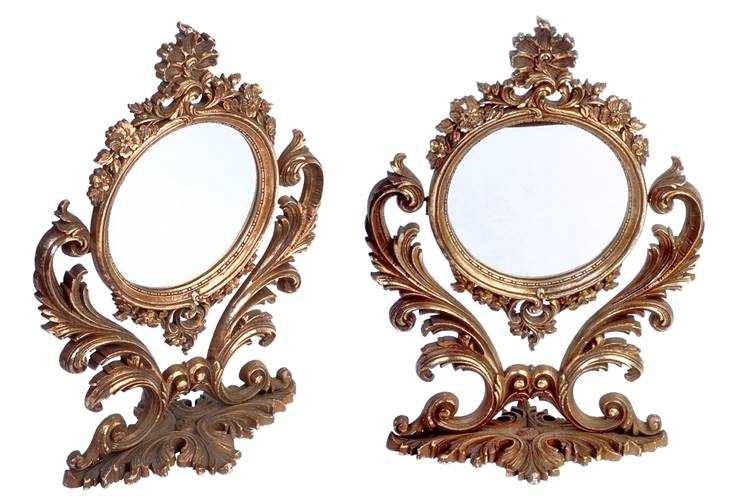Transparent Mirrors - Two-way and One-way Mirrors
Since the moment they first appeared in history, two-way mirrors managed quickly to become useful in many types of situations, ranging from surveillance to solving challenging puzzles that the only mix of transparent and reflective surfaces could achieve. The first mention of the two-way mirror discovery goes all the way back to the early 20th century when the subject of the Emperor of Russia Emil Bloch filed for a patent for “transparent mirror” in Cincinnati, Ohio, U.S, where he lived at the time. His design of two-way mirror became the standard for almost all future models, enabling a thin layer of silver or aluminum to be reflective just like a regular glass, but also enabling back surface of the mirror to become transparent when the strong light was flashed toward it. Essentially, two-way mirrors function like a regular mirror in brightly lit rooms, but they allow clear viewing from the room that is sufficiently darkened. Some light from darkened room is penetrating through a mirror into the bright room, but the users in that room cannot perceive that because the reflection of the strong light in the mirror overwhelms the small amount of light that is passing through the mirror.
There are two ways of detecting if some mirror is of two-way variety or not, but both of those tactics are not 100% accurate all the time. When putting your fingernail directly on the mirror, you can see if your reflection starts directly in the mirror surface or behind the thin layer of glass (small gap between your finger and reflection can be seen). If the reflection is immediate, then that is the most likely normal mirror. If reflection has a small gap, there is a chance that is a two-way mirror. The other tactic involves you cupping your eyes with both hands and closely examine the surface of a mirror. When most of the light from the room is eliminated by hands, the small amount of light that is passing through the window from the darkened room beyond should become visible.

Use case scenarios for two-way mirror are numerous, but most are closely used for observational purposes. Most notable uses for two-way mirrors are:
- Interrogation rooms – Police use them regularly because this approach allows a lot of people to observe interrogation without being noticed. This includes potential witnesses who want their identity kept secret.
- Execution rooms – Used so that prisoners who are about to be executed cannot see the audience in the adjoining room.
- Security areas in public areas – High-risk public spaces such as airports, train stations, and others can sometimes hide security personnel that is observing the foot traffic behind the two-way mirrors.
- Various experimental research.
- Various scientific uses where two-way mirrors are used as laser “beam splitters”.
- Market research
- Reality television – Almost every mirror on reality television sets are two-way mirrors, with camera personal observing behind them.
- Train conductor rooms – Some newer metro/subway trains hide their train conductor cockpits behind two-way mirrors.
- Security cameras
- Stage effects
- Low-emissivity windows
- Teleprompters
